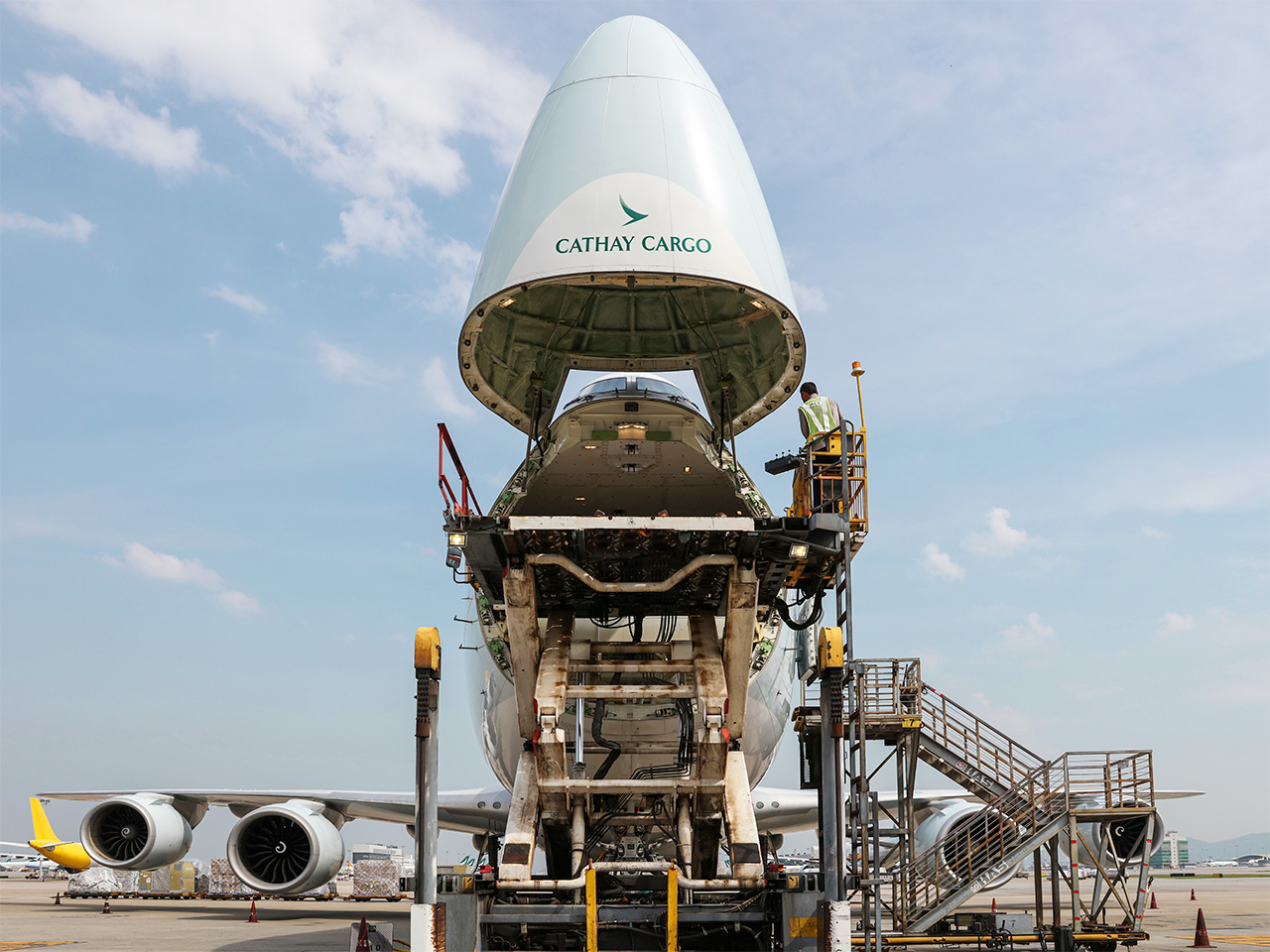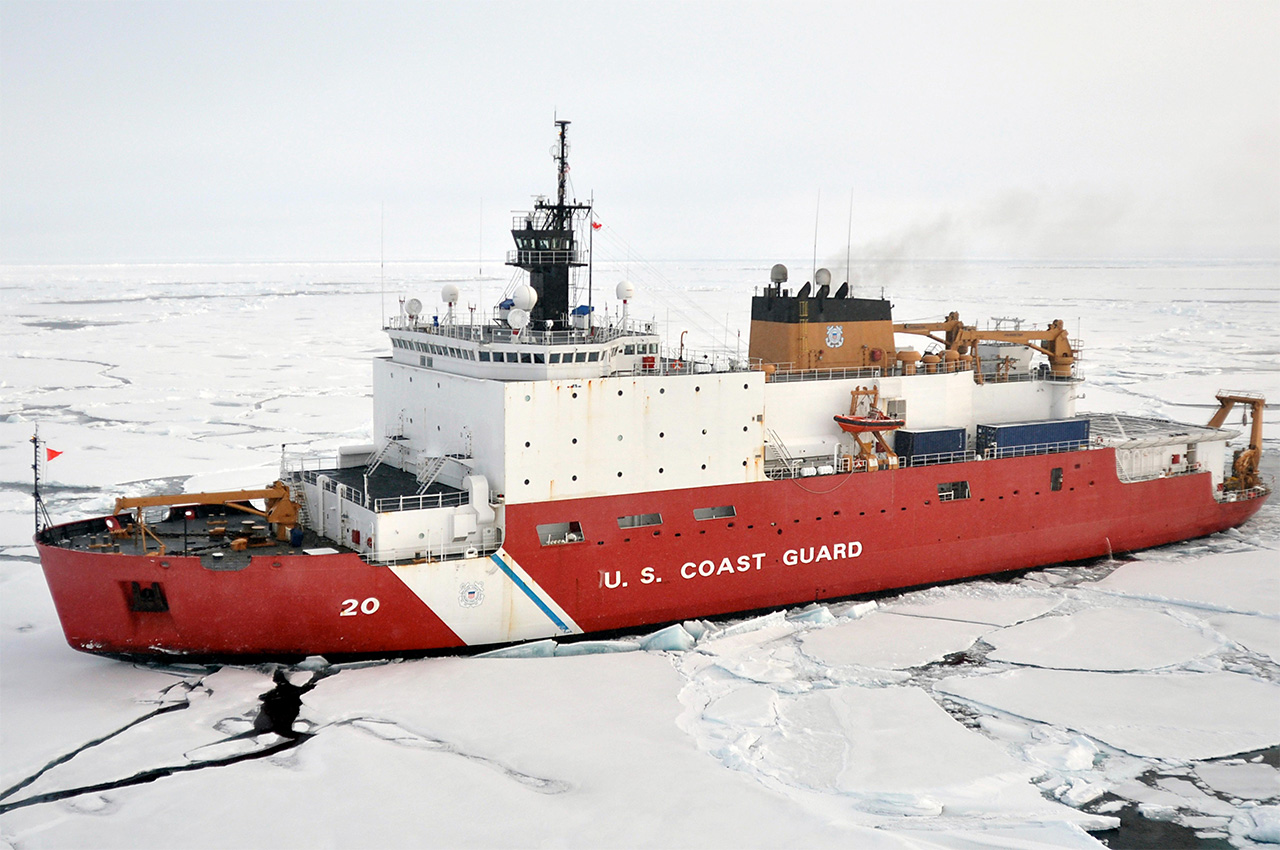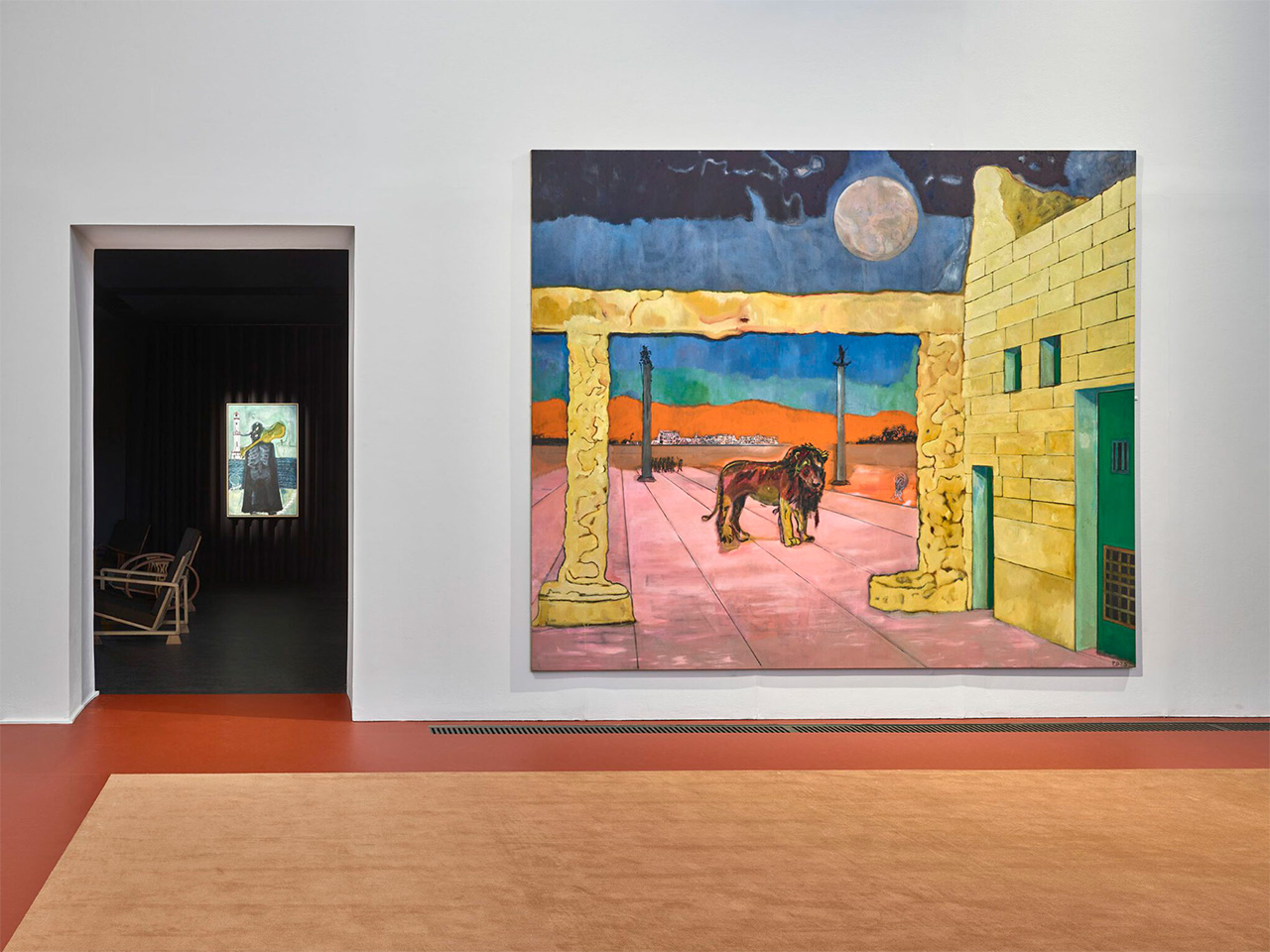What to see during Frieze London, Washington’s Arctic security on thin ice and cycling gear for casual aficionados.
|
Monday 13/10/25
|

|
|
London
Paris
Zürich
Milan
Bangkok
Tokyo
Toronto
|
|
|
|

Good morning from Midori House. For more news and views, tune in to Monocle Radio or visit monocle.com. Here’s what’s coming up in today’s Monocle Minute:
THE OPINION: Cargo hubs hold lessons
IN THE BASKET: Finland and US break the ice
DAILY TREAT: Cycling gear for the casual aficionado
FROM MONOCLE.COM: Exhibitions to visit during Frieze London
|
|
Cathay Pacific’s cargo hub at Hong Kong International Airport is a telling insight into the state of the global economy
By Tom Vanderbilt
|

|
If you want to take a real-time sample of the global economy in action at any one moment, then the Cathay Cargo Hub at Hong Kong International Airport (HKG) is a particularly fascinating node.
HKG is the world’s busiest air-cargo hub and no airline moves more freight through it – more than 1.7 million tonnes annually – than Cathay Pacific. Founded in 1946 as a cargo operator between Australia and China, Cathay now manages a sprawling 246,000 sq m hub and the constant hum of palletised and shrink-wrapped goods. In just one section of the warehouse, the inventory ranges from huge cases of Château d’Arche wine to Golden Lily mangoes from the Philippines, alongside priceless artworks packed in Cadogan Tate crates – all destined for the holds of windowless cargo freighters.
Air cargo accounts for less than one per cent of all goods shipped by tonnage globally but it makes up some 35 per cent of the total value. It carries all the things the world needs or wants in a hurry, from the latest iPhone and cold-chain pharma to Italian supercars and oil-drilling machinery. This urgency is just one of the reasons why air cargo is worth paying attention to: when people stop buying the things they need, it’s often a reliable signal that a recession might be on the horizon.

In for the long haul: A Cathay Cargo freighter
On a recent weekday morning, the warehouse was particularly active, catching up from the two-day stoppage enforced by Super Typhoon Ragasa, a level-10 storm that sideswiped Hong Kong. But the air-cargo world faces headwinds beyond the weather, including the unpredictable currents of geopolitics.
Not long ago, air cargo prices were being driven upwards as a result of “fast fashion” purchases and other inexpensive goods from Chinese companies such as Shein and Temu. But after the Trump administration eliminated de minimis exemptions on goods worth less than $800 (€688) – precisely what Shein and Temu had exploited – US-bound air cargo from China – a key, typically one-way route – fell by at least 25 per cent.
“Supply chains don’t change overnight,” says Tom Owen, cargo director at Cathay Cargo. “But there has been a recalibration.” One benefit for air-cargo companies such as Cathay is that they don’t own factories – they own planes. This agility can work in their favour, as Cathay Group CEO Ronald Lam noted at the Routes World conference in Hong Kong, the day after the typhoon blew through. The uncertainty of tariffs, he said, created a “rush” to place orders. Air cargo, with its far shorter lead times compared with ocean shipping, “is really well positioned to capture that rush.” Hong Kong’s position as a global hub means that Cathay Group can adjust its routes swiftly. “We are getting more cargo from India and Southeast Asia, routed via Hong Kong to the US, to replenish the slowdown on US-bound cargo from China.”
During a week when the Trump administration threatened yet again to escalate the trade war that it began, air-cargo companies such as Cathay find themselves in the eye of the storm. But this is an industry in which agility and flexibility are key. During the coronavirus pandemic, cargo kept many airlines afloat as they quickly converted their passenger fleet into impromptu freighters, loading cargo where passengers normally sat. The latest disruptions present a new challenge but also a lesson. While long-term planning is crucial to success in business, the best strategies leave room to adapt. Take it from Cathay, which has dealt with its fair share of turbulence: be ready to change course quickly, even while mid-air.
Tom Vanderbilt is a regular Monocle contributor. For more opinion, analysis and insight, subscribe to Monocle today.
|
|
EDO TOKYO KIRARI  MONOCLE MONOCLE
|
|
In the basket: finland & USA
Washington scales up its Arctic security with Helsinki icebreakers deal
In the basket: 11 medium icebreaker ships
Who’s buying: USA
Who’s selling: Finland
Price: $6.1bn (€5.3bn)
Delivery date: From 2028

Charting a new course: Finland will supply the US with four icebreaker ships
The relationship cultivated by Finland’s urbane president, Alexander Stubb, with his combustible US counterpart, Donald Trump, appears to be paying off (writes Andrew Mueller). This week, during Stubb’s latest visit to Washington, Finland and the US announced a deal in which the former will build four icebreaker ships for the US and help to build seven more in Louisiana and Texas.
It’s a deal that further burnishes Finland’s credentials as the world’s pre-eminent icebreaker builder and is a long overdue investment by the US. For a country that is both a superpower and an Arctic nation, America is lagging behind in the icebreaker stakes. The US Coast Guard currently has just three; one of them, the USCGC Polar Star, is 52 years old. Russia has at least 40, including several nuclear-powered behemoths; Canada has 18, and China sails five, despite having no polar territory.
|
|
• • • • • DAILY TREAT • • • • •
get into gear with casual cycling attire
Founded in London, The General Classification makes cycling gear that’s more easy-going than typical performance wear. “We steer clear from sportswear and focus on casual kit,” says the brand’s founder, Tom McCaughan. Lycra-clad City financiers take note: Treating your ride to work as if you were climbing the Alpe d’Huez is, of course, decidedly naff.
Inspired by the silhouettes and history of road racing, the brand’s caps, totes and musette bags are not made from athletic synthetics but designed to be worn whether in or out of the saddle. Ideal for the urban commuter, Monocle’s favourite are the musettes emblazoned with “Arrivederci”, which makes overtaking those lycra-clad cyclists that little bit more gratifying.
thegeneralclassification.cc
|
|
|
Sponsored by Edo Tokyo Kirari
|
|
|
|
|
|
FROM MONOCLE.COM: london
Exhibitions to visit during Frieze London
The art crowd will congregate in The Regent’s Park this week for the 23rd edition of Frieze London (writes Sophie Monaghan-Coombs). While there is plenty to experience under the cover of the tents – and in the surrounding sculpture park – this is also the time of year when museums host some of their best shows. Monocle rounded up five spots to visit while you’re in town. Here’s one of our picks.

All the right notes: ‘Peter Doig: House of Music’ is a Frieze London highlight
‘Peter Doig: House of Music’, Serpentine South
A world away from the pin-drop quiet of many art galleries, Peter Doig’s new show plays a soundtrack to his paintings. Gigantic speakers – themselves fascinating retro objects worth a look – pump out music of the artist’s choosing throughout the exhibition rooms. The music seems to bring out new elements from the colourful paintings, which feature musicians and instruments, yes, but also lions and lakesides. If you are trying to find a break from the bustle of Frieze, you could do far worse than taking a seat in one of the recliners here and letting the sights and the sounds wash over you.
‘Peter Doig: House of Music’ runs until 8 February
|
|
| | |